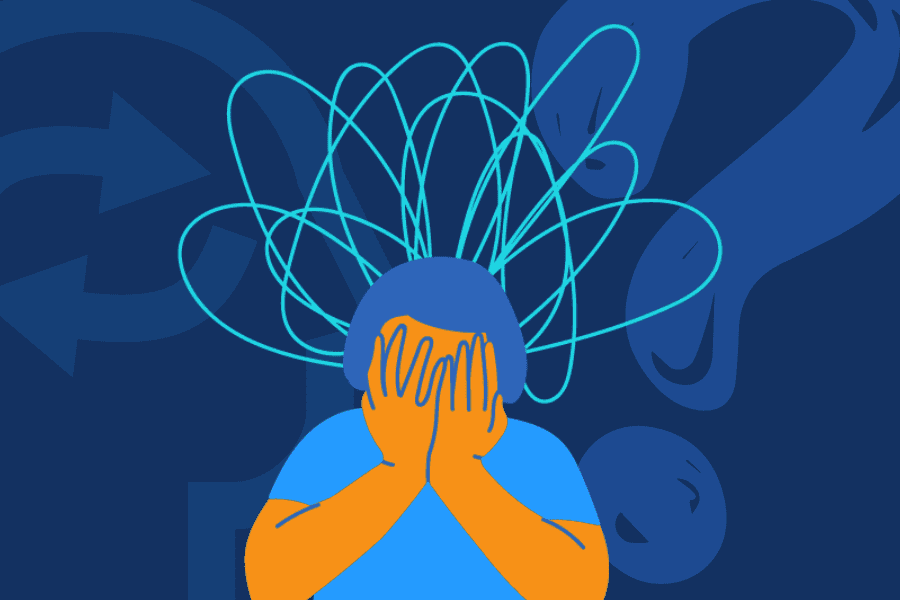Attention Deficit Hyperactivity Disorder (ADHD) is a neurological condition affecting millions of people worldwide. While typically diagnosed in children, ADHD can also persist into adulthood, with an estimated 4% of adults in the United States experiencing the condition. Although ADHD shares similar symptoms in both children and adults, there are key differences in how the disorder manifests in each group.
What is ADHD?
ADHD is a chronic condition characterized by a consistent pattern of inattention and/or hyperactivity-impulsivity that negatively affects an individual’s daily functioning. Inattention symptoms include difficulty focusing, forgetfulness, and distractibility, while hyperactivity-impulsivity symptoms include restlessness, impulsivity, and fidgeting. The precise cause of ADHD is unknown, but it is believed to involve genetic, environmental, and neurobiological factors.
ADHD in Children
Typically, ADHD is diagnosed in childhood, with symptoms appearing before the age of 12. Children with ADHD frequently exhibit excessive activity, impulsivity, and inattention, which can interfere with academic and social functioning. They may experience difficulty following instructions, completing tasks, or sitting still for extended periods. Additionally, they may face difficulties with organization and time management, leading to problems with homework and completing projects.
ADHD in Adults
While ADHD is most commonly associated with children, it can persist into adulthood, with up to 60% of children with ADHD continuing to experience symptoms as adults. In adults, ADHD symptoms are comparable to those in children, but can manifest differently. Adults with ADHD may experience difficulties maintaining relationships or employment due to their inattention or impulsivity. They may also exhibit subtler symptoms, such as forgetfulness, distractibility, and difficulty finishing tasks.
Furthermore, adults with ADHD can develop coping mechanisms that mask their symptoms. For example, they may develop strong organizational skills or work in high-paced environments that provide constant stimulation. Such coping mechanisms can make identifying ADHD in adults challenging, as they may seem successful and productive on the surface.
Treating Adult ADHD
While there is no known cure for ADHD, various treatments can help manage symptoms. Medication and behavioral therapy are commonly used to manage symptoms in children, while adults can benefit from therapy, medication, or both.
Behavioral therapy for adults with ADHD may focus on developing coping mechanisms to manage symptoms, such as learning organizational skills or developing routines. Medications, such as stimulants or non-stimulants, may also be prescribed to manage symptoms of inattention and hyperactivity.
ADHD is a chronic condition that affects individuals of all ages. While ADHD symptoms share similarities in children and adults, the disorder may exhibit unique manifestations in adults, making it more challenging to diagnose. If you or a loved one suspects ADHD, it is essential to consult a healthcare professional for an accurate diagnosis and treatment plan. With proper treatment, individuals with ADHD can learn to manage their symptoms and lead fulfilling lives.



